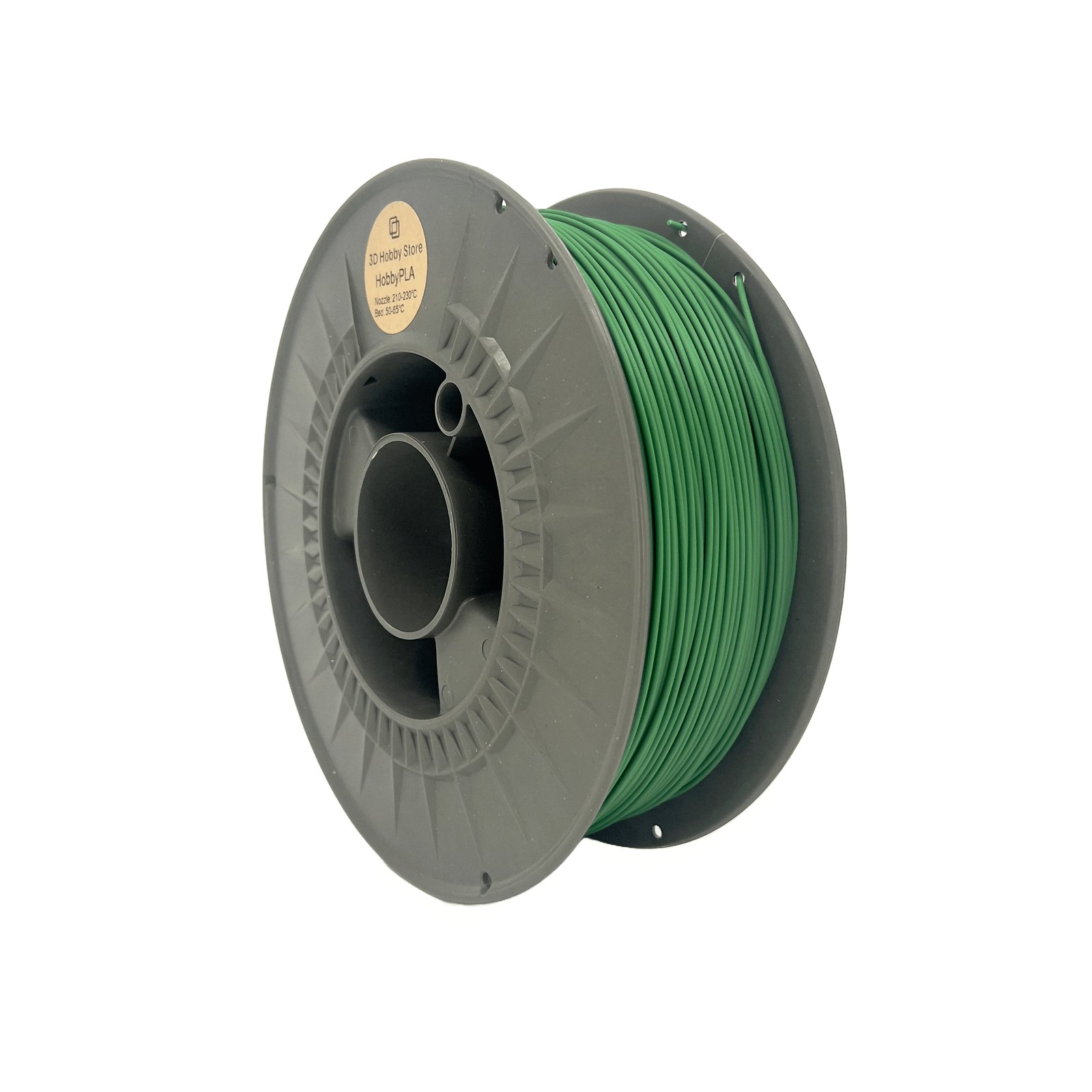3D printing has opened new possibilities for DIY electronics, allowing hobbyists to design and fabricate custom parts that blend mechanical and electrical functions. But with innovation comes curiosity — is conductive filament truly worth using for home electronics projects, or is it more of a novelty? Let’s explore how this material works, its advantages and limitations, and whether it deserves a place in your workshop.
How Conductive Filament Works
Composition and Conductive Additives
Conductive filament is typically made by blending standard thermoplastics such as PLA or ABS with conductive materials like carbon black, graphene, or metal particles. These additives give the plastic electrical conductivity, allowing current to flow through printed components.
Conductivity vs. Resistivity — What Levels Are Useful
While conductive filament does allow electrons to move, its conductivity is much lower than that of copper or aluminum. It’s best used for low-voltage, low-current applications like sensors or touch interfaces. For power-hungry devices, it won’t perform as a true wire replacement.
Limitations in Conductivity Compared to Metals
Even the most advanced filaments offer resistances in the tens or hundreds of ohms per centimeter — far higher than metal conductors. This means voltage drops and heat buildup can occur, limiting its use in circuits that require stable or high current flow.
Typical Use Cases
Most makers use conductive filament for small-scale circuits, touch buttons, resistive sensors, or electromagnetic shielding. It’s also useful for educational demonstrations that show how current flows through 3D-printed materials.
Advantages of Using Conductive Filament in DIY Projects
Integrated Wiring and Simplified Assembly
One of the biggest appeals is the ability to print functional circuits directly into structural parts. No need for messy soldering or external wires — you can embed traces within your design itself.
Flexibility in Design and Custom Geometry
Conductive filament lets creators design electronics with unique shapes and flexible layouts. Whether for wearable tech, curved enclosures, or compact prototypes, it brings creative freedom that traditional circuit boards can’t.
Cost and Material Savings
For small prototypes or single-use educational models, conductive filament can reduce the cost and time spent on separate circuit components, especially when combined with standard filament for mechanical support.
Innovative Opportunities
Applications extend to smart textiles, capacitive touch panels, and interactive art installations. It’s ideal for testing new ideas without expensive PCB fabrication.
Challenges and Limitations
Lower Conductivity
The main drawback is that conductive filament isn’t as conductive as metal. It can handle small signals but not large currents. This makes it unsuitable for powering motors or LED strips that require consistent voltage.
Durability and Mechanical Weakness
Adding conductive particles often weakens the plastic, reducing layer adhesion and flexibility. Prints can be more brittle, requiring gentle handling or reinforcement with standard filaments.
Printing Difficulties
Conductive materials can clog nozzles or wear them down faster due to abrasive particles. A hardened steel nozzle and lower print speeds are often recommended for consistent results.
Cost and Availability
High-quality conductive filaments are more expensive than standard materials and sometimes harder to source. Beginners may find it costly for basic experimentation.
Performance Comparison and Benchmarks
Measured Resistance
Tests show that conductive PLA or carbon-loaded filaments typically measure between 30 and 100 ohms per centimeter. For context, copper’s resistance is about 0.0000017 ohms/cm — meaning the filament is thousands of times less conductive.
Real-World Testing
Users have successfully printed touch sensors, LED circuits, and even simple antennas. However, most functional applications require pairing with metal wiring or components to ensure reliability.
Heat and Power Handling
Conductive filaments can heat up quickly under load. For this reason, they’re best kept to signaling or low-power tasks rather than current-heavy circuits.
Best Practices When Using Conductive Filament
Design Tips
Keep your traces wide and short to reduce resistance. Avoid long, thin connections that could cause voltage drop.
Printer Setup
Use a hardened nozzle (0.4 mm or larger) and increase temperature slightly above normal PLA settings. Slow down print speed for uniform flow.
Post-Processing
After printing, sand contact areas and apply conductive paint or copper tape to improve connectivity.
Combining Materials
Many makers print hybrid models — standard PLA for structure and conductive filament only where electricity needs to flow. This saves material and increases mechanical strength.
Is It Worth It?
When It Makes Sense
Conductive filament is excellent for low-voltage, interactive prototypes, educational demos, and artistic or wearable electronics. It enables fast prototyping and design freedom.
When It’s Not Suitable
For projects that need precise or high-current electrical performance, traditional wiring or circuit boards remain better options.
Hybrid Strategies
Some makers use conductive filament to print paths that later receive metallic coatings or copper plating. This bridges the gap between convenience and performance.
Cost vs. Benefit
If you’re a hobbyist or educator, the creative potential and learning value justify the cost. For professional or production-grade electronics, it’s more of an experimental tool than a long-term solution.
Recommended Conductive Filaments and Brands
Some of the most popular options include Proto-pasta Conductive PLA, BlackMagic3D Conductive Graphene Filament, and Multi3D Electrifi. Each offers a balance between printability and resistivity. Prices range from $30 to over $100 per spool, depending on material composition.
Project Ideas to Try
Start small — print a capacitive touch sensor, a basic LED circuit, or a wearable badge that lights up with a coin cell battery. Experimenting with these will help you understand the material’s strengths and boundaries.
Future Trends and Innovations
Manufacturers are developing filaments infused with graphene, silver, and carbon nanotubes to improve conductivity. As multi-material 3D printers become more accessible, hybrid prints combining plastic and metal will transform how we build electronic prototypes.
Conclusion
So, is conductive filament worth it? For hobbyists, educators, and experimenters, absolutely — it brings creativity and innovation to DIY electronics. While not ready to replace traditional wiring, it’s a fascinating material that bridges the worlds of design, prototyping, and technology. If you’re curious about how to store 3D filament or exploring advanced materials, visit FilaLab.shop to discover filaments designed for every creative challenge.

